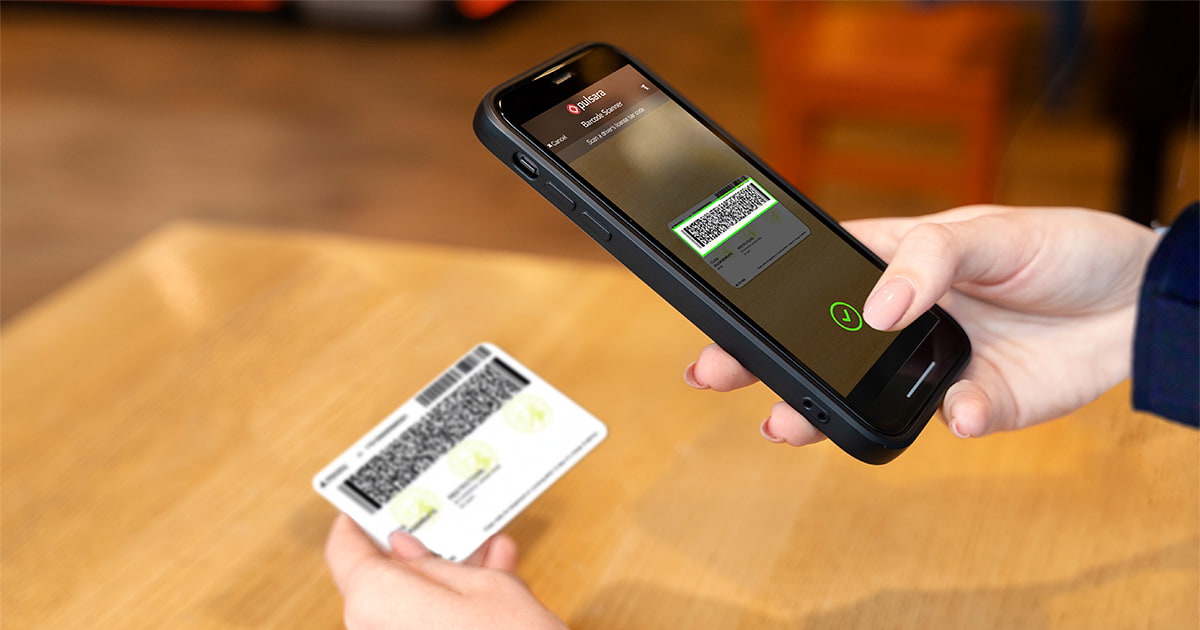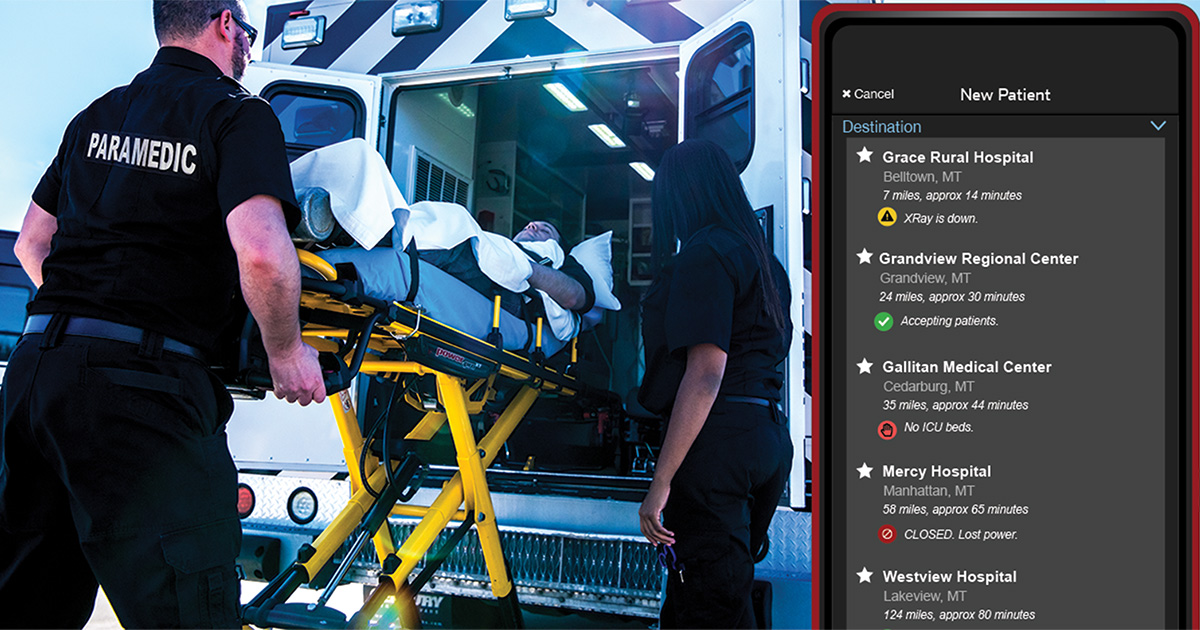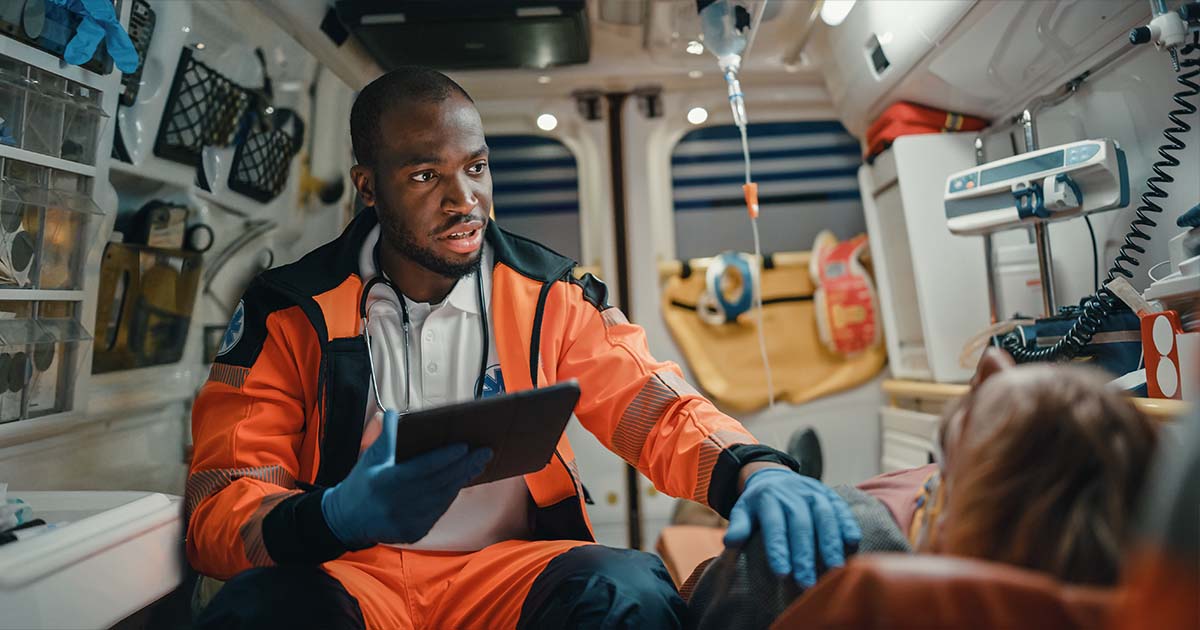1 min read
Driver's License Scanning: A New Way to Enter Information in Pulsara
When first encountering a new patient, you have a lot of information to quickly relay to the rest of the care team. Thankfully, you've got the patient's driver's license, so that's one hurdle already...


